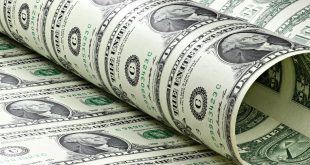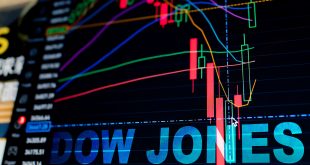Under pressure from central bankers determined to quash inflation even at the cost of economic slowdown or even recession, global bonds fell into their first bear market in decades.
The Bloomberg Global Aggregate Total Return Index has fallen more than 20% from its peak that was recorded in 2021. Officials from the US and Europe are tolling the rings for tighter monetary policy, signaling the most hawkish message from Fed Chair Jerome Powell in his speech before the Jackson Hole symposium.
Quick pace interest rate hiking has put an end to a 40-year bull market in bonds. That is creating a difficult environment for investors, with bonds and stocks sinking together.
Yields are not going to return to the historic lows seen both before and during the pandemic. The elevated inflation could mean that central banks are not prepared to re-introduce the sort of extreme stimulus that helped send Treasury yields below 1% at one point of time.
Markets are experiencing a new investment environment, and this is a huge deal for those expecting fixed income to be a diversifier to risk off. European bonds have been beaten hardest this year as Russia’s invasion of Ukraine resulted in soaring natural gas prices.
Extra yield investors demand for GBP IG credit over US sector is most since 2014. The yield spread between sterling and dollar-denominated corporate bonds is the widest since 2014, reflecting the particularly acute pressures in the UK where the highest inflation for 40 years is fueling a cost-of-living crisis. The Bank of England has warned the country will enter five consecutive quarters of recession later this year.
Asian markets have suffered less, aided by China’s debt, as China’s central bank eases policy to try and turn around the world’s second-largest economy.
Bond and currency markets have seen more severe and more persistent deterioration in liquidity conditions this year relative to other asset classes with little signs of reversal and bearish bond momentum is approaching extreme levels.
The economic and policy realities now facing investors hark back to the 1960s bear market for bonds, which began in the second half of that decade when a period of low inflation and unemployment came to a sudden end.
As inflation accelerated through the 1970s, benchmark Treasury yields surged. They would later hit almost 16% in 1981 after then Fed Chair Paul Volcker had raised rates to 20% to tame price pressures.
Powell cited the 1980s to back his hawkish stance at Jackson Hole, saying “the historical record cautions strongly against prematurely loosening policy.” Swaps traders now see almost 70% odds that the Fed will deliver a third straight 75 basis-point hike when it meets later this month.
Other central bankers at Jackson Hole, from Europe to South Korea and New Zealand, also indicated that rates will continue to rise.
Investors are increasingly expecting the European Central Bank, due to deliver its latest policy decision on Thursday, to hike by a once-unthinkable 75 basis points at one of its next two meetings. ECB Governing Council member Joachim Nagel this week urged a “strong” reaction from policy makers after Wednesday’s 9.1% inflation print.
September is set to become a record month for rate hikes, with most major central banks ready to deliver large moves. With policy still loose and inflation high, they will opt to show credibility as inflation fighters.

 Noor Trends News, Technical Analysis, Educational Tools and Recommendations
Noor Trends News, Technical Analysis, Educational Tools and Recommendations




